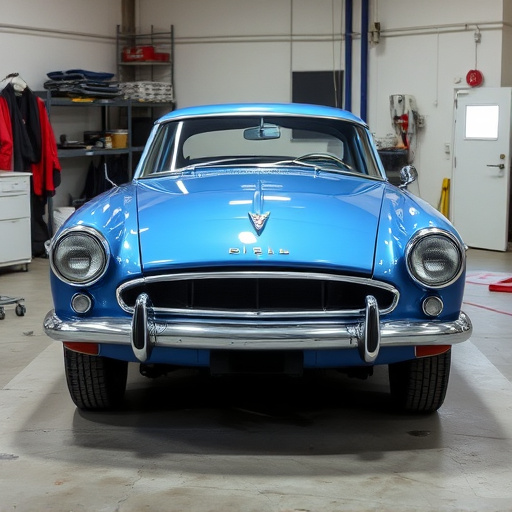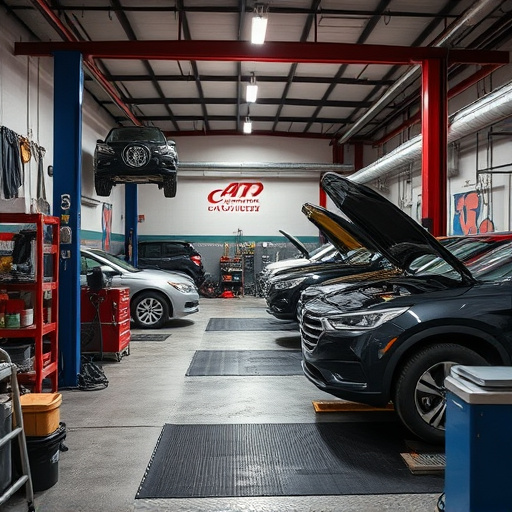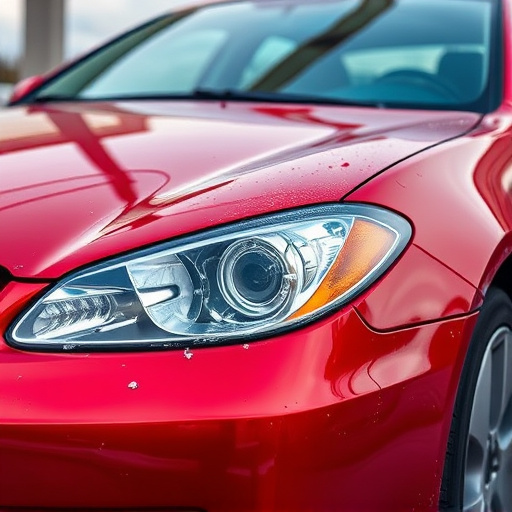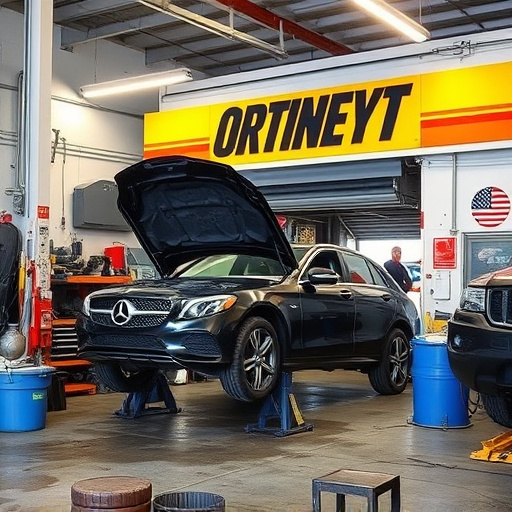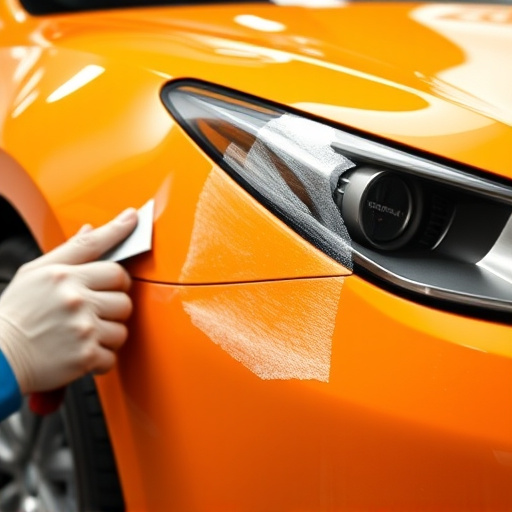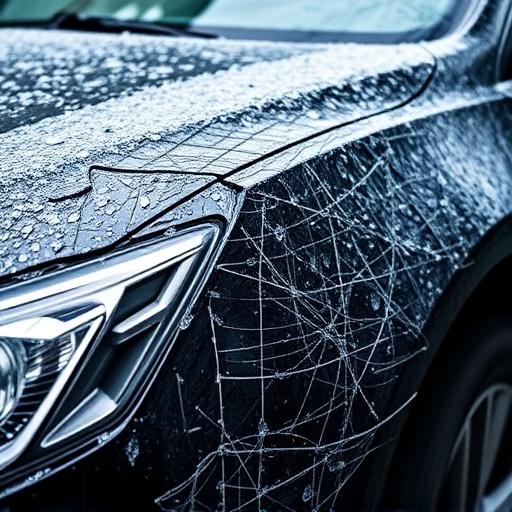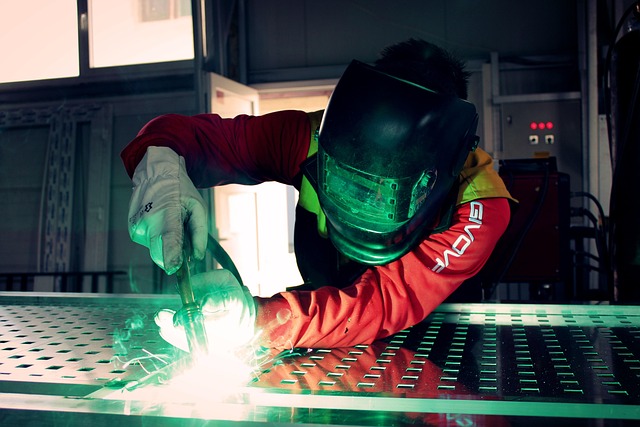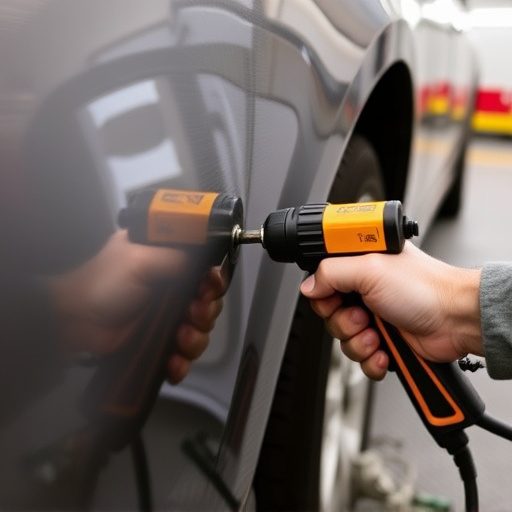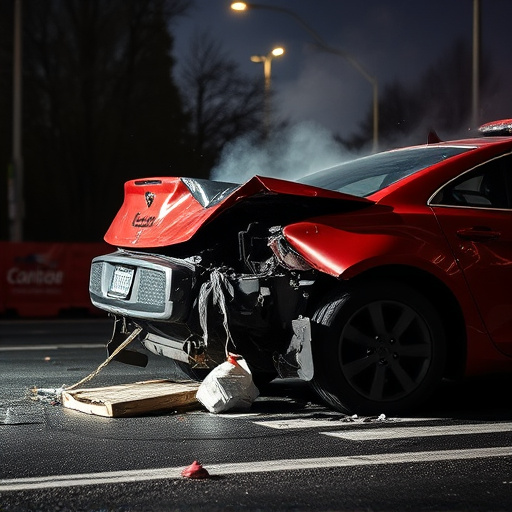Mercedes grille replacement requires careful consideration of integrated sensors crucial for safety systems like adaptive cruise control and lane-keeping assist. Misalignment or damage to these sensors can lead to safety concerns and reduced vehicle efficiency. Precise installation is essential, with regular maintenance checks recommended to address any post-replacement issues minimizing impact on safety features.
Considering a Mercedes grille replacement? It’s more than just aesthetics. This simple modification can significantly impact your car’s sensor functions, affecting everything from safety features to performance. Understanding the intricate Mercedes grille replacement process, its effect on sensor placement and alignment, and ensuring proper post-swap functionality is crucial for maintaining optimal vehicle operation. Let’s delve into these key considerations.
- Understanding Mercedes Grille Replacement Process
- Impact on Sensor Placement and Alignment
- Ensuring Proper Functionality After Grille Swap
Understanding Mercedes Grille Replacement Process
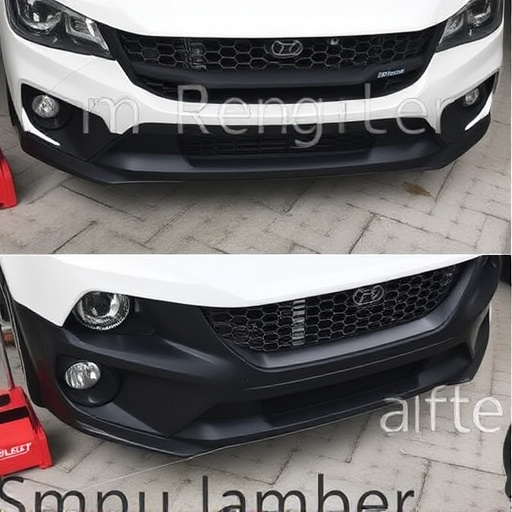
When considering a Mercedes grille replacement, it’s crucial to understand the process and its potential impact on your vehicle’s sensors. The grille is more than just an aesthetic element; it plays a vital role in protecting the engine from debris while also housing various sensors that are essential for the car’s performance and safety systems.
During a grille replacement, whether done at a collision repair center or through a DIY dent repair approach, these sensors could be affected. Modern vehicles have advanced sensor arrays integrated into their grilles, including temperature sensors, air pressure sensors, and even cameras for adaptive cruise control and lane-keeping assist. Any misalignment or damage during the replacement process may disrupt the proper functioning of these sensors, leading to potential safety concerns and reduced vehicle efficiency. Therefore, ensuring precise installation and minimal disruption to sensor positioning is paramount.
Impact on Sensor Placement and Alignment

When replacing a Mercedes grille, it’s essential to consider the impact on sensor placement and alignment. These sensors play a crucial role in various safety features, from collision avoidance systems to adaptive cruise control. Changing the grille design might disrupt the precise positioning required for optimal sensor performance. For instance, sensors located behind or within the grille help detect obstacles and pedestrians, so any misalignment could lead to reduced sensitivity or inaccurate readings.
A fender bender or even a minor car scratch repair near the grille area could influence the sensors’ functionality, as these incidents might cause subtle yet critical adjustments in the sensor’s alignment. Car dent removal around the grille should be handled with care, as improper correction may compromise the sensors’ field of view, impacting the vehicle’s overall safety and autonomous capabilities.
Ensuring Proper Functionality After Grille Swap
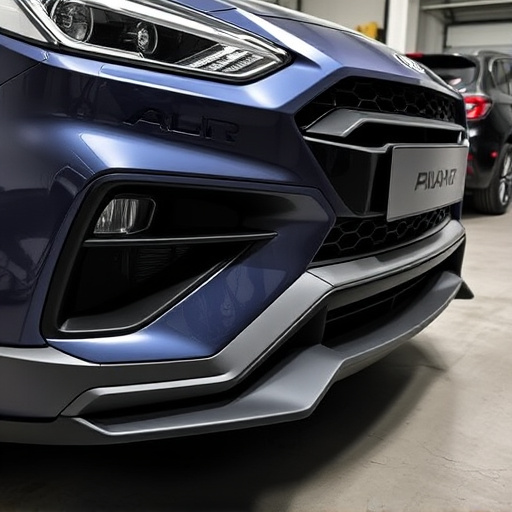
After performing a Mercedes grille replacement, it’s crucial to verify that all sensor functions are working properly. Sensors play a vital role in modern vehicles, from collision avoidance systems to environmental monitoring. Even a seemingly minor change like replacing a grille can affect their performance, especially if the new grille has different mounting points or materials. During the swap, ensure that sensors related to parking aid, adaptive cruise control, or lane-keeping assist are not obstructed and remain aligned accurately.
A fender bender or car scratch repair might prompt a grille replacement, but it’s essential not to overlook potential consequences on sensor functionality. Reputable car bodywork services understand this intricacy and employ experienced technicians who can ensure the new grille seamlessly integrates with your vehicle’s existing sensors. Regular maintenance checks post-replacement can help identify any issues early on, guaranteeing optimal safety features and driving experience.
Mercedes grille replacements can significantly impact sensor functions due to changes in sensor placement and alignment. Understanding the intricate process, its effects on sensors, and ensuring proper post-replacement functionality is crucial for maintaining optimal vehicle performance. By carefully considering these aspects, car owners can ensure their Mercedes remains as efficient and safe as intended after a grille swap.
